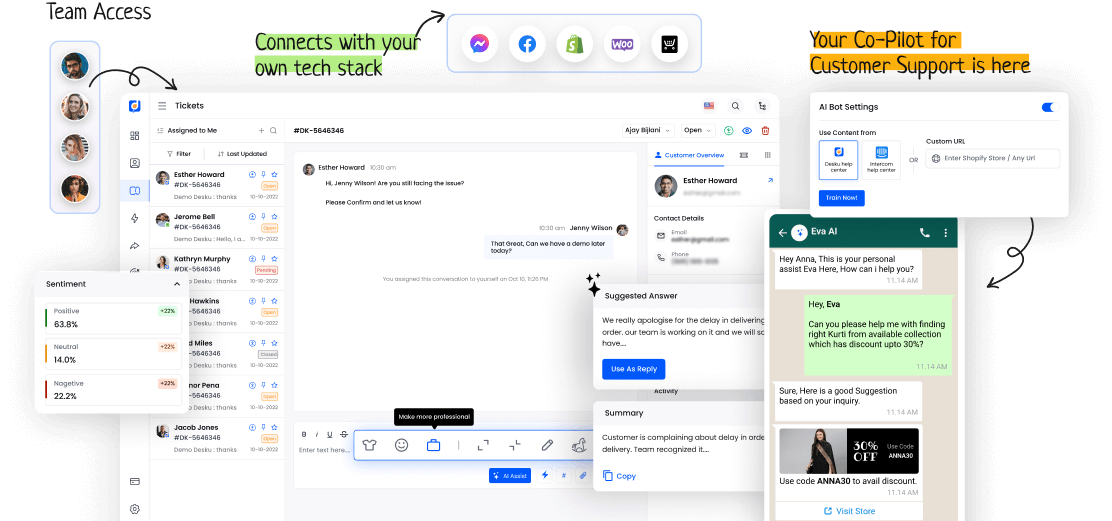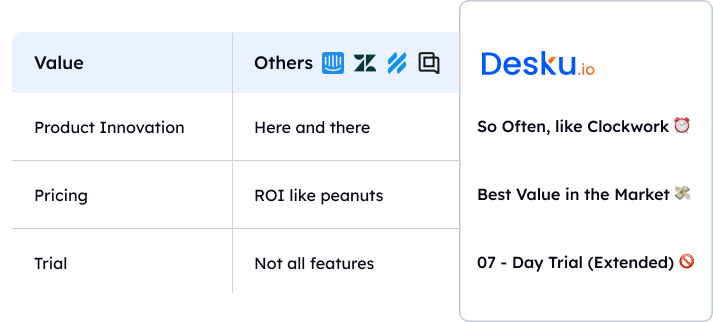Ajax has changed web development. It has made websites more user-friendly by allowing data exchange between client and server without reloading the page.
So, what makes Ajax work? And how does it affect how web applications function?
Let's look at Ajax and how it shapes the digital world.
I. Understanding AJAX Basics
Learning AJAX basics offers useful knowledge about its use and role in web development.
AJAX uses asynchronous requests to refresh web page content, without needing a total page reload. This makes for dynamic and engaging user experiences, perfect for building responsive web apps.
AJAX's uses vary from auto-suggest search bars to real-time chats, improving user interaction and happiness.
II. Functionality and Use of AJAX
AJAX can send and receive data without needing full page refreshes. This feature makes web apps better. It enables smooth updates and interactions. It also enhances user involvement with active content delivery and good server communication.
Besides, AJAX ensures that web apps work well on all devices and operating systems. It changes how users interact with websites, giving them a more engaged and responsive experience.
III. Benefits and Drawbacks of AJAX
Using AJAX in web development has its ups and downs. It can make a website more interactive, load faster, and ease the server's workload.
But, it's not without its problems. These can include not working well with all browsers, potential security risks, and issues getting a good search engine ranking.
These should be thought over before adding AJAX to a website.











